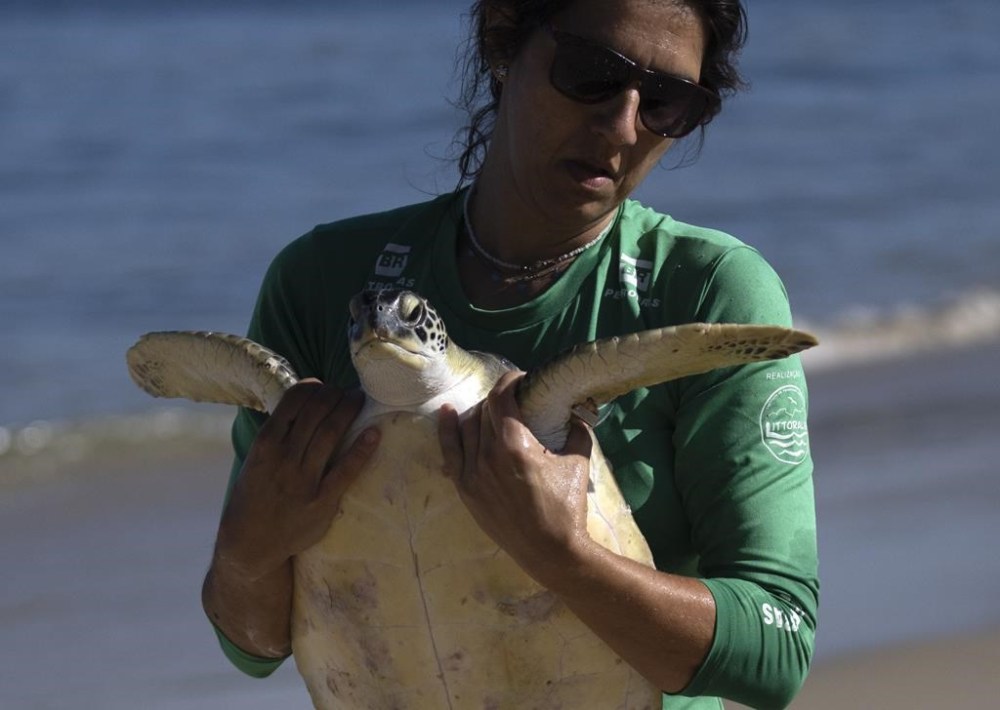Nearly half of the world’s migratory species are in decline, UN report says
Advertisement
Read this article for free:
or
Already have an account? Log in here »
To continue reading, please subscribe:
Monthly Digital Subscription
$1 per week for 24 weeks*
- Enjoy unlimited reading on winnipegfreepress.com
- Read the E-Edition, our digital replica newspaper
- Access News Break, our award-winning app
- Play interactive puzzles
*Billed as $4.00 plus GST every four weeks. After 24 weeks, price increases to the regular rate of $19.00 plus GST every four weeks. Offer available to new and qualified returning subscribers only. Cancel any time.
Monthly Digital Subscription
$4.75/week*
- Enjoy unlimited reading on winnipegfreepress.com
- Read the E-Edition, our digital replica newspaper
- Access News Break, our award-winning app
- Play interactive puzzles
*Billed as $19 plus GST every four weeks. Cancel any time.
To continue reading, please subscribe:
Add Free Press access to your Brandon Sun subscription for only an additional
$1 for the first 4 weeks*
*Your next subscription payment will increase by $1.00 and you will be charged $16.99 plus GST for four weeks. After four weeks, your payment will increase to $23.99 plus GST every four weeks.
Read unlimited articles for free today:
or
Already have an account? Log in here »
Hey there, time traveller!
This article was published 12/02/2024 (625 days ago), so information in it may no longer be current.
WASHINGTON (AP) — Nearly half of the world’s migratory species are in decline, according to a new United Nations report released Monday.
Many songbirds, sea turtles, whales, sharks and other migratory animals move to different environments with changing seasons and are imperiled by habitat loss, illegal hunting and fishing, pollution and climate change.
About 44% of migratory species worldwide are declining in population, the report found. More than a fifth of the nearly 1,200 species monitored by the U.N. are threatened with extinction.

“These are species that move around the globe. They move to feed and breed and also need stopover sites along the way,” said Kelly Malsch, lead author of the report released at a U.N. wildlife conference in Samarkand, Uzbekistan.
Habitat loss or other threats at any point in their journey can lead to dwindling populations.
“Migration is essential for some species. If you cut the migration, you’re going to kill the species,” said Duke University ecologist Stuart Pimm, who was not involved in the report.
The report relied on existing data, including information from the International Union for Conservation of Nature’s Red List, which tracks whether a species is endangered.
Participants of the U.N. meeting plan to evaluate proposals for conservation measures and also whether to formally list several new species of concern.
“One country alone cannot save any of these species,” said Susan Lieberman, vice president for international policy at the nonprofit Wildlife Conservation Society.
At the meeting, eight governments from South America are expected to jointly propose adding two species of declining Amazon catfish to the U.N. treaty’s list of migratory species of concern, she said.
The Amazon River basin is world’s largest freshwater system. “If the Amazon is intact, the catfish will thrive — it’s about protecting the habitat,” Lieberman said.
In 2022, governments pledged to protect 30% of the planet’s land and water resources for conservation at the U.N. Biodiversity Conference in Montreal, Canada.
___
The Associated Press Health and Science Department receives support from the Howard Hughes Medical Institute’s Science and Educational Media Group. The AP is solely responsible for all content.

